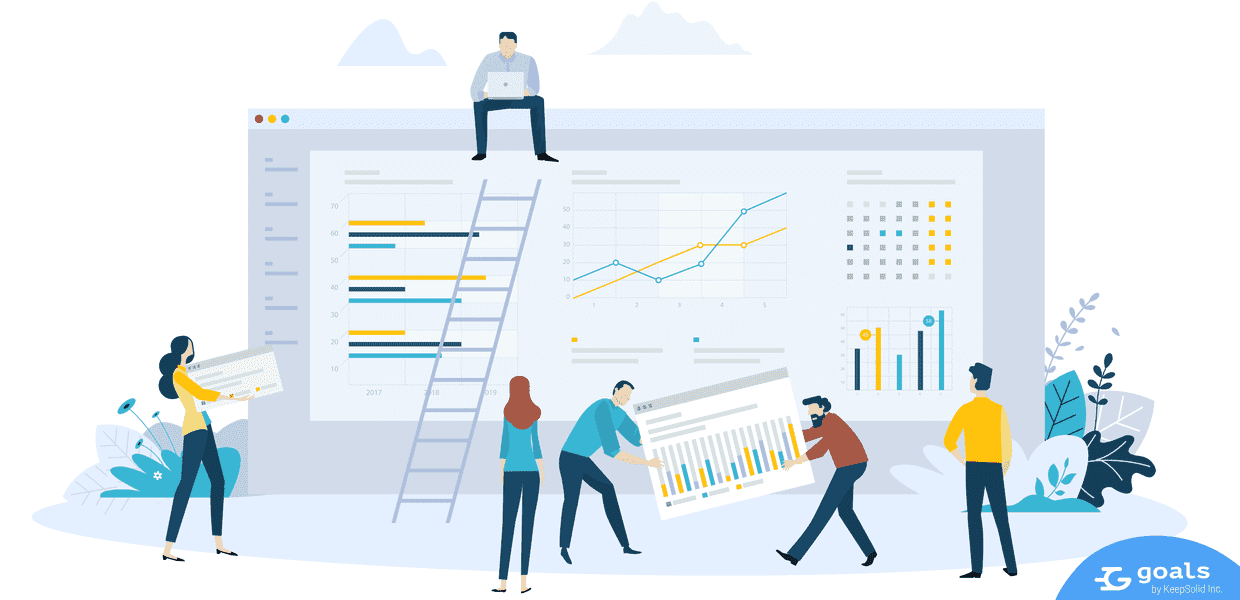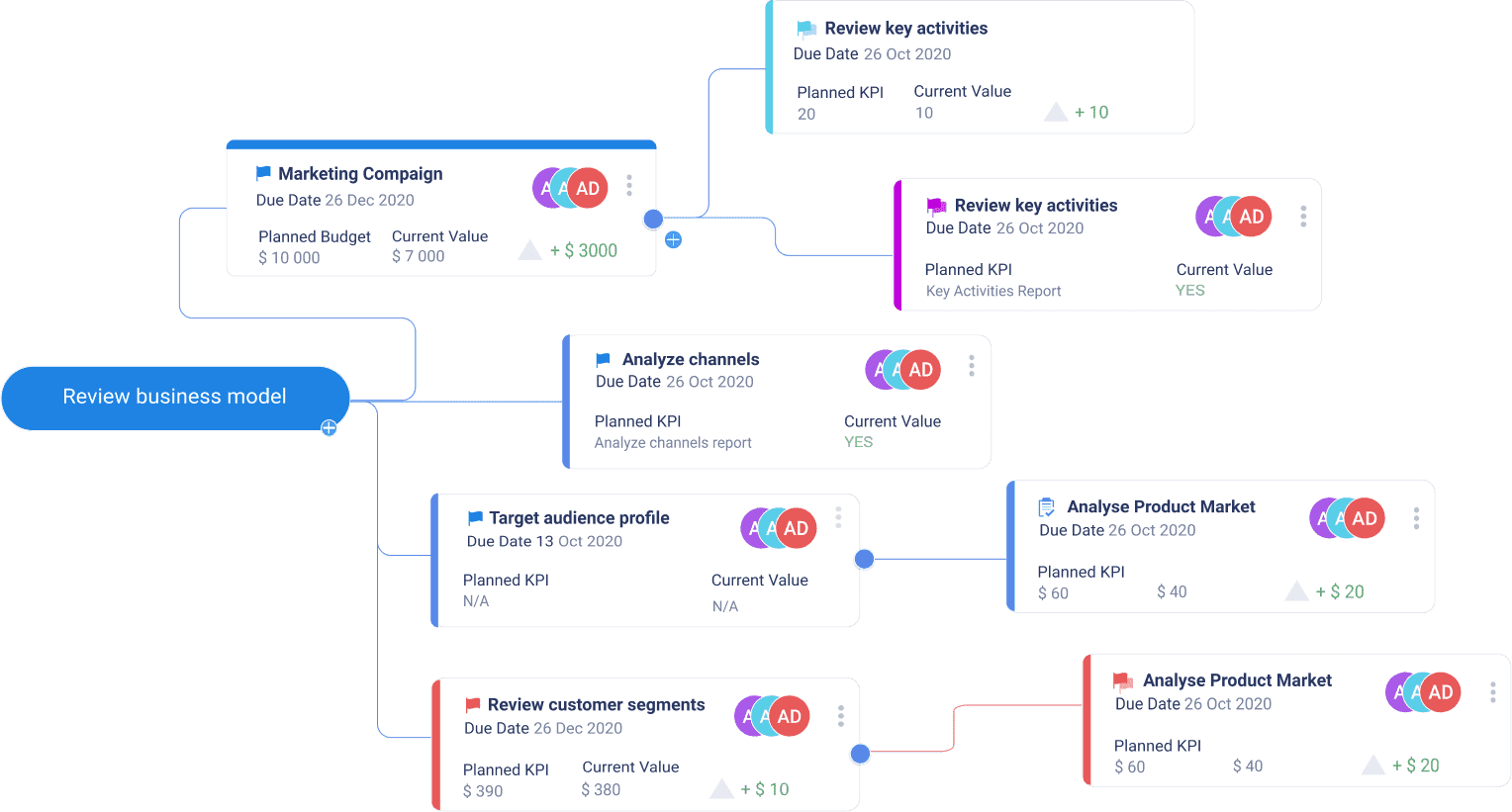What is Adaptive Software Development?
Adaptive Software Development (ASD) is a relatively new agile model, an offspring of an earlier approach, Rapid Application Development (RAD). In its essence, it enables teams to adapt to changing requirements and markets quickly and effectively through lightweight planning and receiving feedback.
ASD was developed by project managers John Highsmith and Sam Bayer in the early 1990s. In contrast to Rapid Application Development, Adaptive Software Development methodology is more iterative and shorter-interval and is designed around a continuous development process.
ASD lies in the core of such popular frameworks as Scrum and Feature-Driven Development (FDD).

Three phases of Adaptive Software Development
ASD is a dynamic and iterative process that is done through a three-phase loop: speculate, collaborate, learn.
- Speculate: in this phase, the team starts seeing the need for changing their testing process and for experimentation.
- Collaborate: the team aims to work together and apply their multi-functional expertise to solve problems and produce the desired result.
- Learn: the team and stakeholders work together to find and eliminate every possible fault in the product through multiple iterations of adding improvements.
Thanks to the inter-dependence and functional nature of these phases, Adaptive Software Development becomes truly agile, with the focus on innovation and the non-linear cycle.
Strengths and Drawbacks of ASD
The key benefits of ASD are, as follows:
- Adaptation to changes thanks to the thrive for and the management style that anticipates situations beyond requirements.
- Transparency between developers and clients: the ASD approach welcomes collaboration and learning from the project team and stakeholders. Besides, since all decisions and reviews are agreed upon by everyone, it empowers the team and allows everyone to contribute to the product development.
- On-time delivery with no need for rework: thanks to short iterations, user problems are attended fast and changes are applied along the way by refining client’s requirements and expectations from the product
- Focus on the end users: collaboration with stakeholders shifts focus from development as a process to delivery of a better and more intuitive product.
However, ASD has certain drawbacks that are often the other side of its strengths:
- Lack of suitability: it demands constant user involvement, which can be difficult to achieve and often may require organizational restructuring with a new focus on joint effort.
- Increased cost: it integrates testing into every stage and iteration that consumes more resources. Besides, continuous work on user feedback can also delay the target delivery date.
- Lack of measurability: since ASD is not so well-structured as traditional methodologies, its cycles are less measurable
- Unpredictability: the three phases of the ASD cycle are often unpredictable, which means that teams might fail to make coherent progress on their project.
When ASD is beneficial
Not all organizations and not all projects require costly testing and user involvement throughout the whole development process. Adaptive Software Development can bring value to businesses focused on fast delivery of products and continuous evolvement of their solutions over delivering the final stable product.
In software projects, which are usually changing over time with the shifts in user expectations and the emergence of new technologies, ASD is a viable methodology that allows teams to constantly speculate, collaborate, and learn from one another and users.



